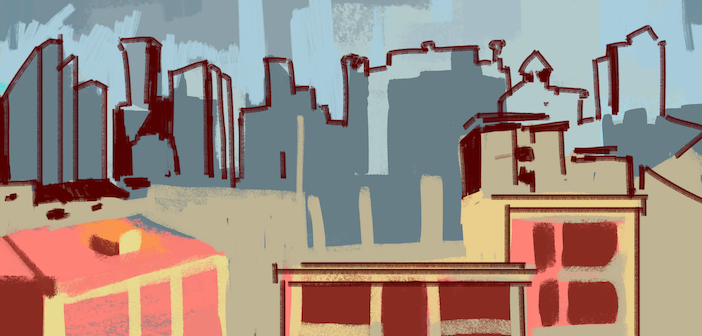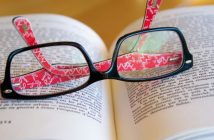“There may have been fogs for centuries in London. I dare say there were. But no one saw them, and so we know nothing about them. They did not exist until Art had invented them,” wrote Oscar Wilde in his essay “The Decay of Lying.”
Online learning is back, the winter season makes it hard to go out without three layers and we are all staying at home. When I look out the window from inside I see the haze of white mist, obscuring the buildings in the distance. The only pop of color comes from the red buildings on the horizon.
It may not seem obvious at first but with a photo, some art materials lying around, and a piece of paper: there is a world waiting to be discovered. There is no better time to be an artist.
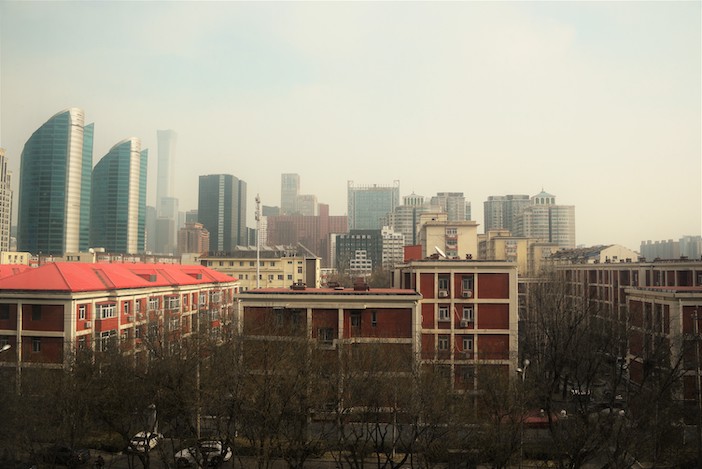

By Paul Vargas
The Photo
Go to your nearest window with a view outside and, using your phone, take three photos from three different angles. Maybe even take three photos from different times of the day.
Try looking for a silhouette that in all the obscured details: stands out as the view you see every day. Look for the illuminated planes of the buildings and notice how the shadow towers over the streets or outshines the other buildings next to it.
When approaching this initial task I am taking cues from Daido Moriyama, known for his thought-provoking street photography. Looking through his high-contrast photos: the harsh shadows drape interestingly over the composition of the frame, bringing attention to the lights from the distance spilling in. Watching a documentary of his approach to such photos he revealed his ultimate approach: of looking, snapping, and walking along.
The Art
After taking your photos, pick your favorite, and try to replicate its different elements. To make art based on the photo you took you must first decide two things: what to make it with, and what you want to focus on in the photo.
You don’t need pastels, colored pencils, or brushes to make art. You can use the pens you use to write, the light pencils you use for answers in your notebook and when you’re feeling adventurous: the coffee or tea you drink. You can even use your notes app to draw a sketch.
When making the art: try to “discover” the elements of the scene you find beautiful. Paul Klee once defined that “Art does not reproduce the visible; rather, it makes visible.” So in your ventures in the framed photo, you see every day outside your window: look for the different “invisible” things. The bloom of unsaturated blue at the lower, right edge of the horizon, the way the buildings blend together into a conjoined mesh of structure and perspective, and perhaps the silhouette of trees that hide the ground and the people below.
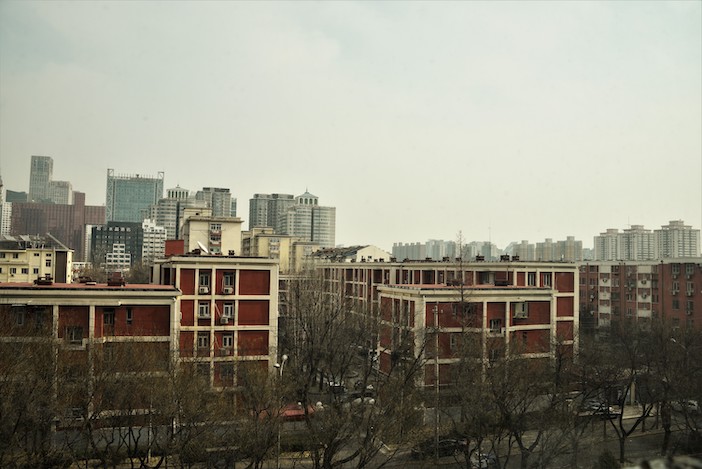
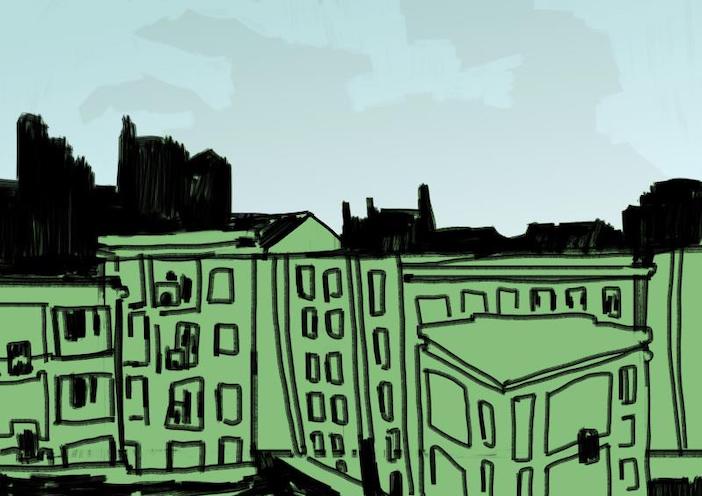
By Paul Vargas
Share it Online!
After finishing some pieces you decide you’re happy with: share them online! Show them to your friends, post the images of the illustrations on your socials!
Art made in adversity throughout history has informed its viewers of how its artists have coped with the ongoing situation. When you share the images of the view from the inside and share your discoveries of Beijing’s “fog,” you are not only saying “I was here” and “I made this” but also: “We are in this together.”
Because Beijing’s “fog” was never really just about its mundane beauty, but the solidarity felt by those who feel and notice it together.
KEEP READING: Stuck on Science? Online Camps Are Here to Help!
Images: Paul Vargas
This article is part of beijingkids’ Teen Correspondents program. If you or a teen you know want to write for us, email editor@beijing-kids.com.

